On This Day…January 15th
Lt Fred Eberle of the USAAF 333rd Fighter Squadron nursing his damaged P-38 Lighting (appropriately named ‘Ripper’) back to Saipan after receiving battle damage (note starboard wing) over Iwo Jima on 15 January , 1945. The image was taken from a nearby B-24 Liberator.
January 15th, 1943, saw the first flight of the Vultee XP-54 ‘Swoose Goose’...
...This ‘love-child’ of the P38 was unique (a demand of the Army brief) in many ways. Because the cockpit was pressurised, it required a complex entry system which saw the pilot’s seat act as an elevator for access from the ground. So, the pilot lowered the seat electrically, entered, and raised it electronically into the cockpit. Also, the nose section could raise and lower (as in the Concorde) - three degrees up and six degrees down, meaning the cannon trajectory could be changed without altering the pitch of the airplane.
Captured Ju 87B Stuka dive bomber in a hangar at Benina, Libya, 15th January, 1942.
15th January 1915: In San Diego, California, Lieutenant Byron Quinby Jones (Signal Corps, United States Army) set a new flight endurance record of 8 hours, 53 minutes, flying a Glenn L. Martin Company ‘Martin T Army Tractor’. During the flight Jone’s aircraft used 30 gallons of gasoline and he reported that he’d enough gas for two more hours in the air, but darkness forced him to land.
For his achievements in at San Diego, Lieutenant Jones was awarded the ‘Mackay Trophy’, awarded yearly for “the most meritorious flight of the year” by U.S. Air Force personnel. I don’t know if they still award this but you’d be hard pressed to find a more beautiful trophy anywhere in the world...
15th January 1945 - Sergeant Pershing Wadsworth wearing a much needed improvised mask, fashioned from an army issue scarf, to protect his face from the wind in snowbound Odeigne, Manhay, Belgium.
15th January 1943 - In Stalingrad the attrition continued. Soviet troops appear to be laughing at a pair of homemade boots found within a knocked out German tank. The Red Army was clearly very much better equipped to deal with the horrible conditions and the photo shows better than a thousand words exactly how the Russians thought of the German army preparations.
Diana Barnato was born in North London, on the night of January 15, 1918, to the background noises of bombs raining down from German Zeppelins. The family were rich, her father, Woolf Barnato being the chairman of Bentley Motors and a top racing driver. Diana’s parents refused to support her passion for flying because of the danger involved. She was determined to fly though, and she financed lessons out of her ‘allowance’, which barely covered the £3 cost per lesson. In the meantime Diana thoroughly enjoyed the rich lifestyle and she ‘debuted’ in 1936 aged 18 and was presented to King Edward VIII at Buckingham Palace.
When war broke out, she got stuck in and volunteered as a nurse for the Red Cross. When she learned that the Air Transport Auxiliary was accepting women pilots she immediately joined up. Diana trained on single engine fighters and later on twin-engine bombers, going on to fly virtually every type of plane of the war, including Spitfires, Hurricanes, Wellingtons and Hudsons.
During the war Diana flew more than 80 types of airplanes and delivered more than 260 Spitfires. The ATA was disbanded in November of 1945 and of the 1300 pilots, 166 were women, 16 of whom were killed in service. At age 45, she flew an English Electric Lightning at a speed of 1.6 Mach (1,262 mph).
She died on April 28, 2008 aged 90, having taken the controls of a Spitfire for the last time aged 88.
Russian scout, Alekseev, looks wistfully at his artwork in this beautifully colorised photo of 1917. This may or may not have been taken on January 15th, but after posting the photo of the two Americans making a ‘snow-woman’ yesterday, it was too good to miss this opportunity.
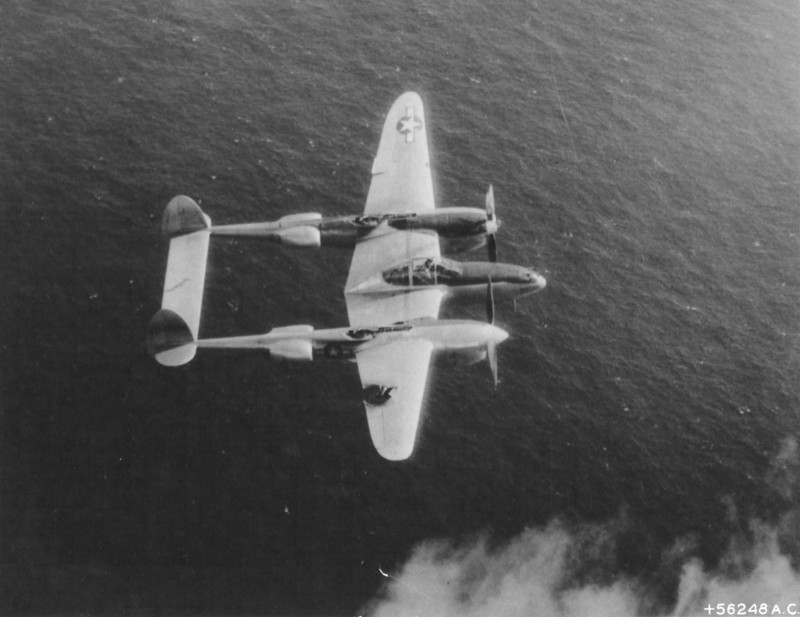
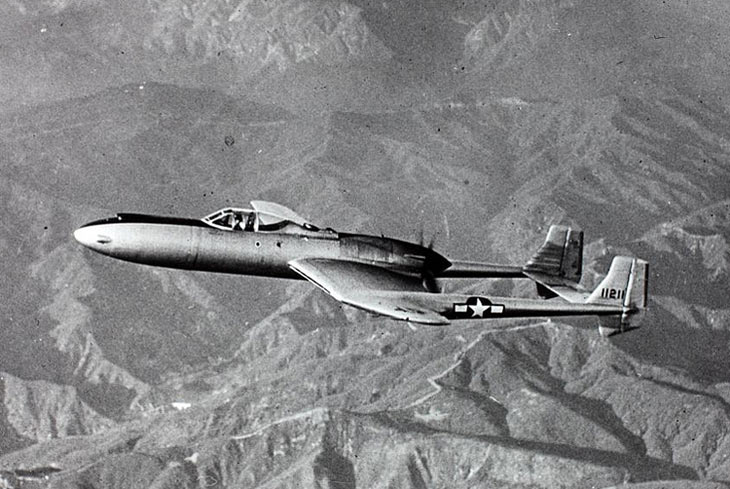
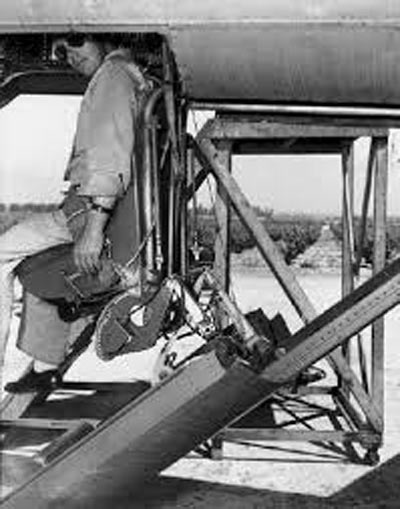
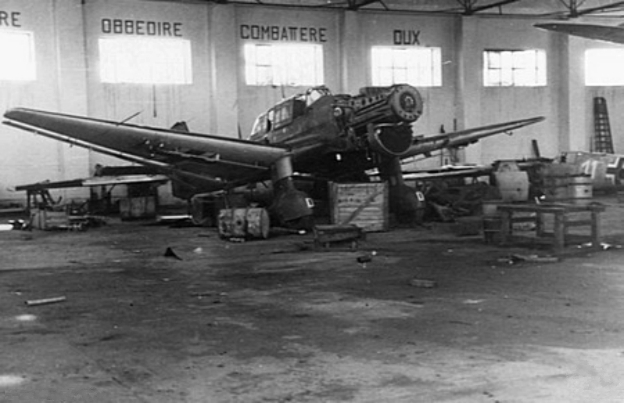
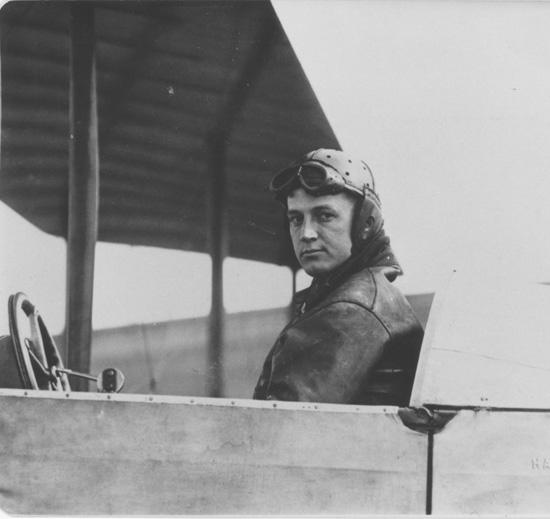
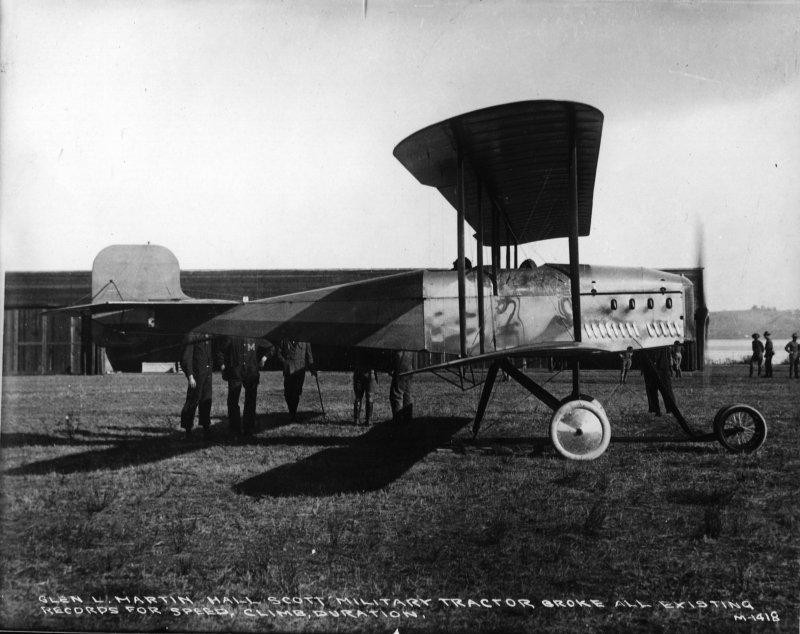

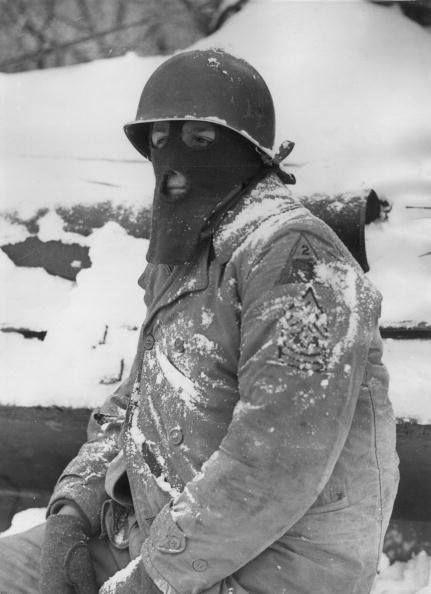
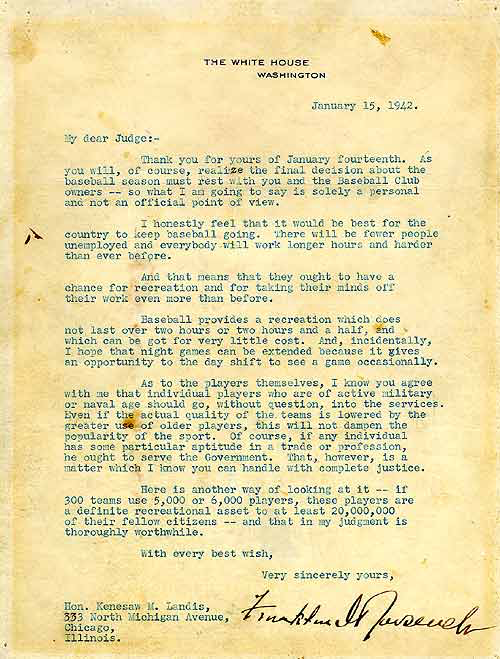

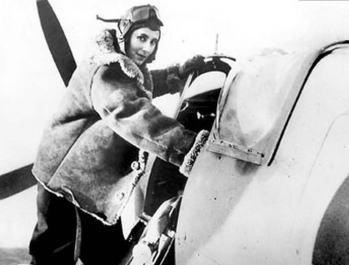
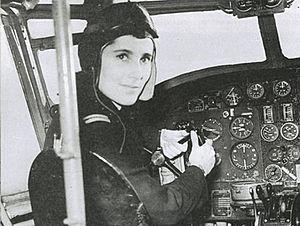





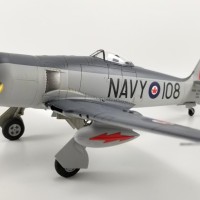

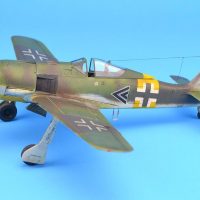
An eclectic collection on this day, my friend.
Cheers, Craig. Maybe reflects life; never quite know what the universe will throw at you when you get out of bed in the morning. Had a lot of grand plans for this week and here I am in bed with ‘flu - or something like it - you never quite know.
Love the swoose goose!
Thanks, David. The photo I posted doesn’t really show it, but the Swoos Goose also has quite the gull-wing going on, I guess making it a bastard child of the P38 and FU4.
There was a B-17 called the ‘Swoos’ - the name comes from a popular song at the time - "Alexander the Swoose" written by Franklin Furlett and performed by bandleader Kay Kyser about a bird that was "half swan, half goose: Alexander is a swoose". The B-17 got the name after the tail was replaced (it originally had an old B-17 ‘shark fin’ tail - as you can see in the nose art...
Someone obviously saw the half goose, half swan likeness in the XP-54.
Increíble Diana !.Una bella historia.
get well sir...always wondered what hughes cracked up...nice dihedral shot